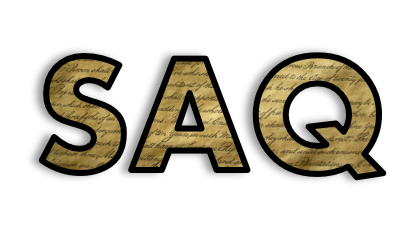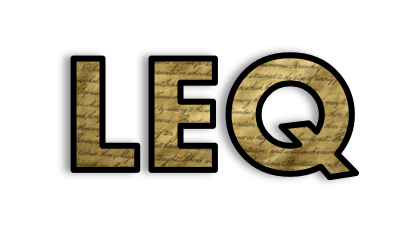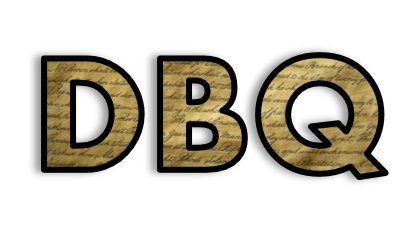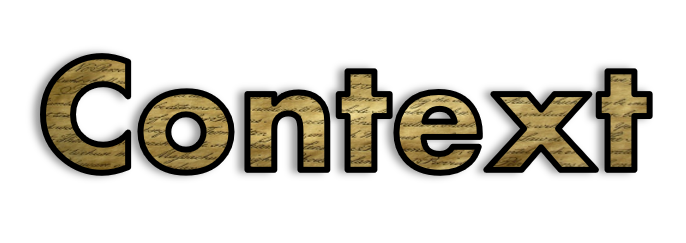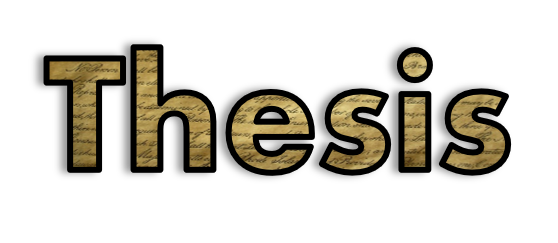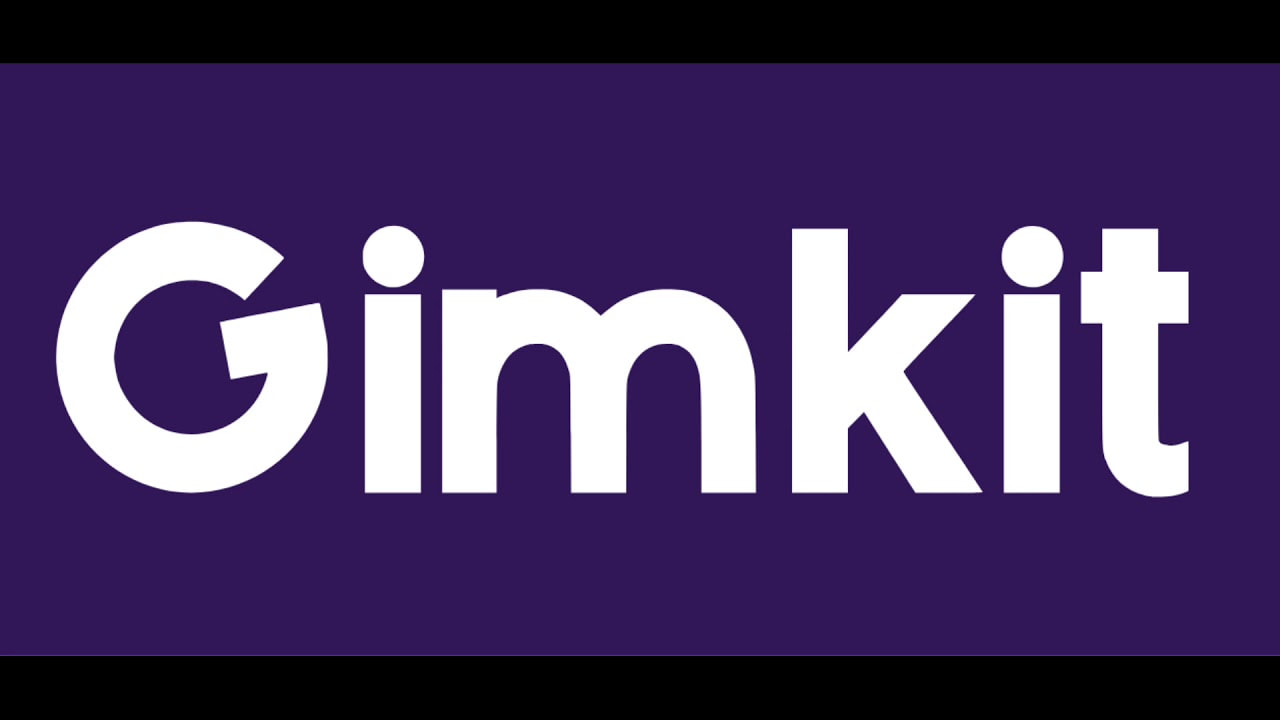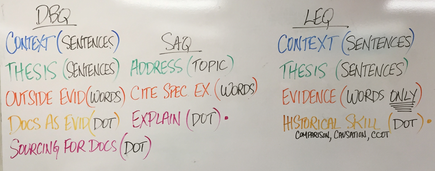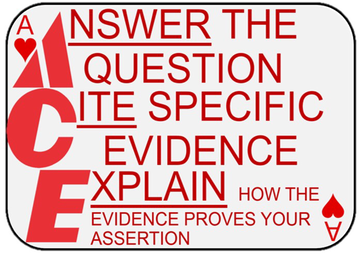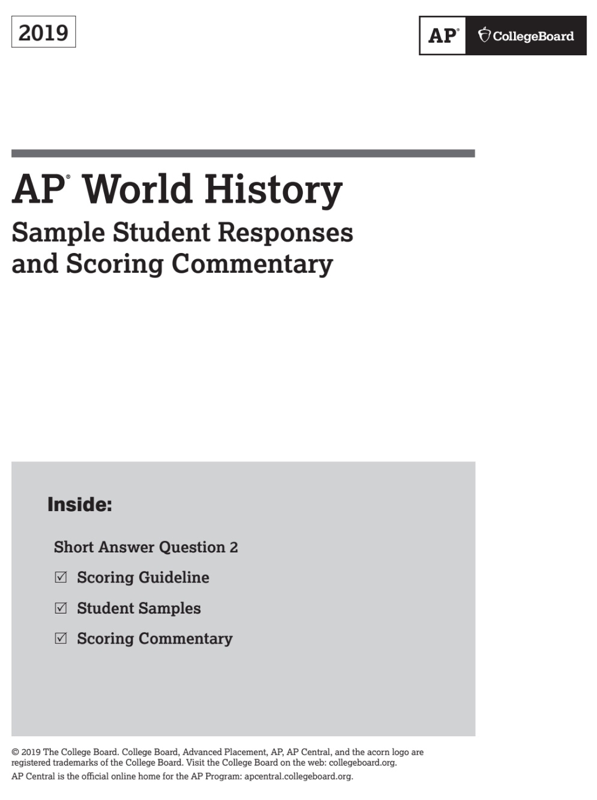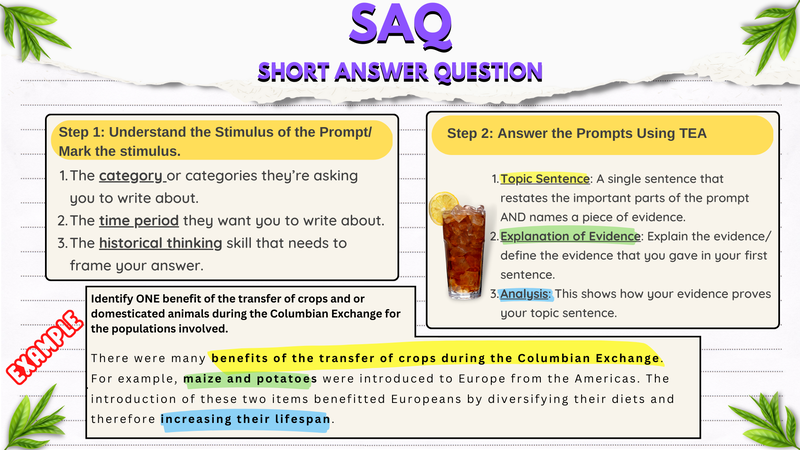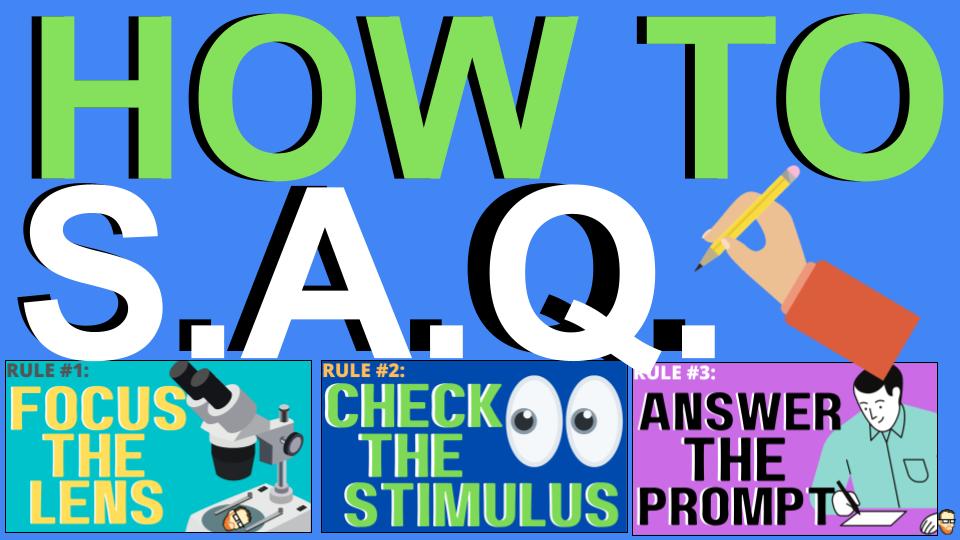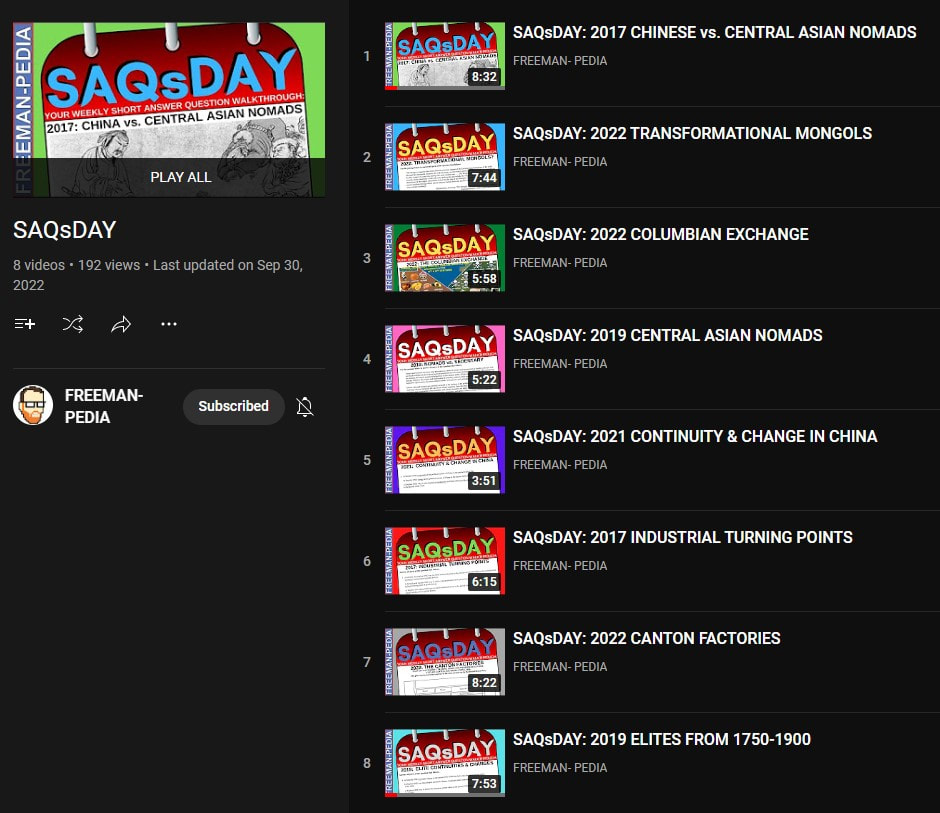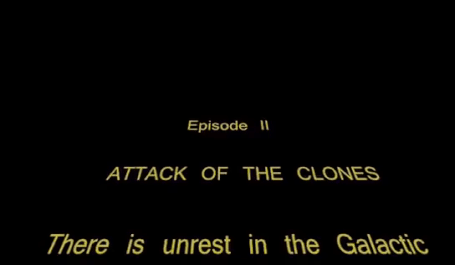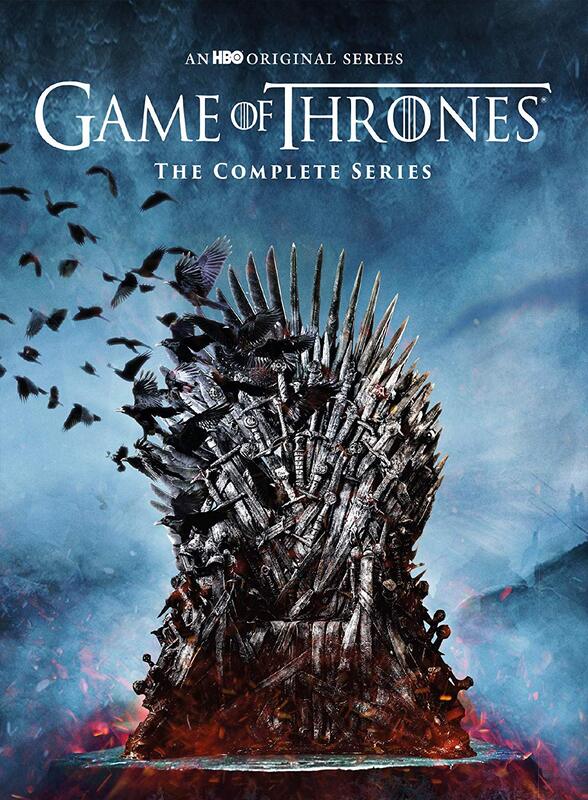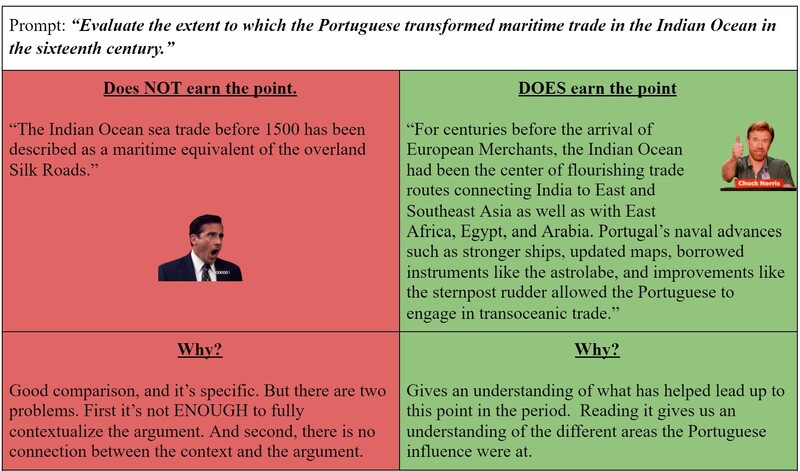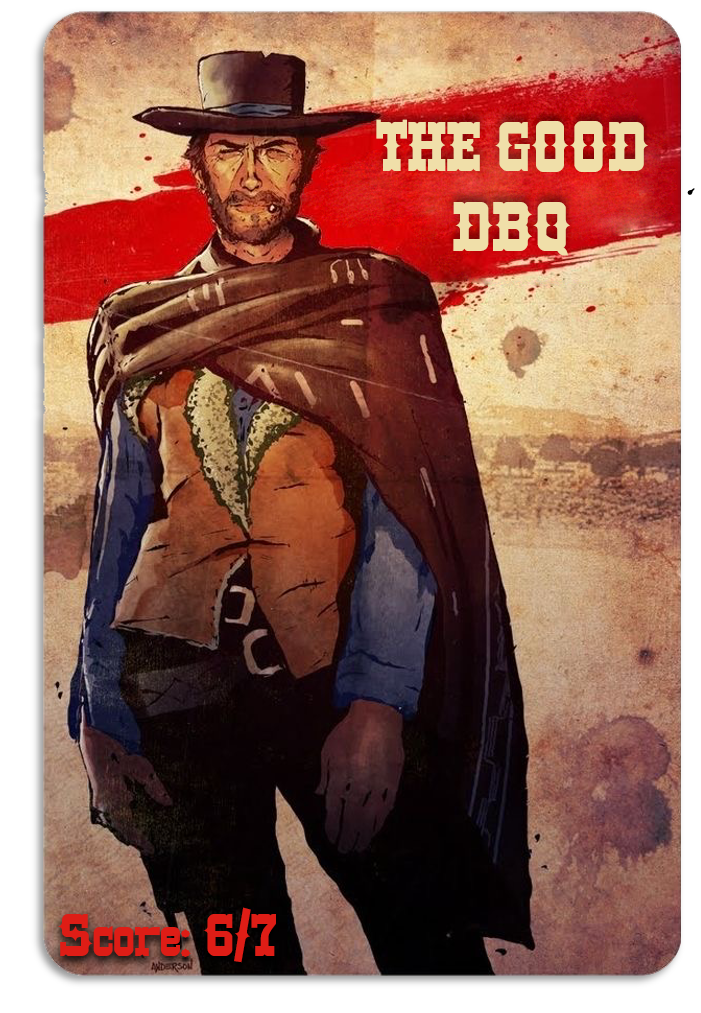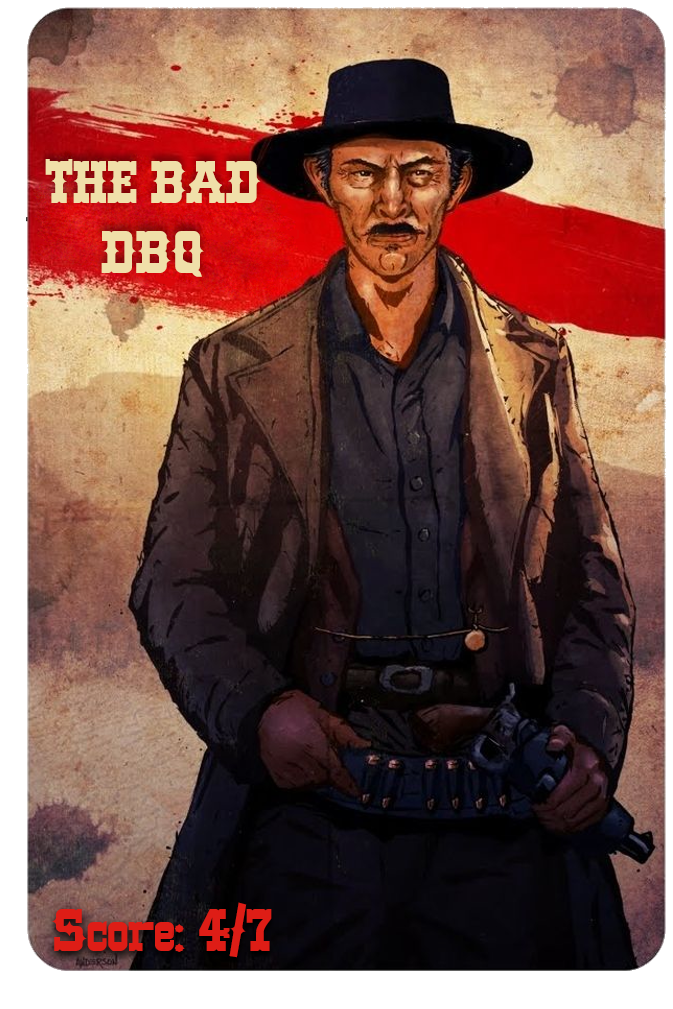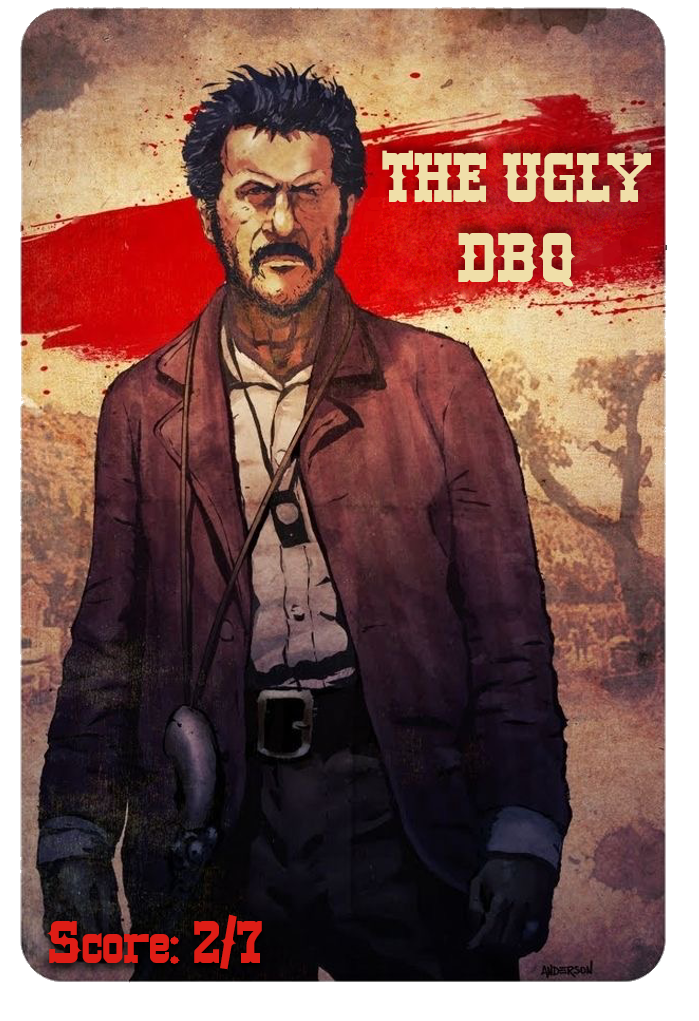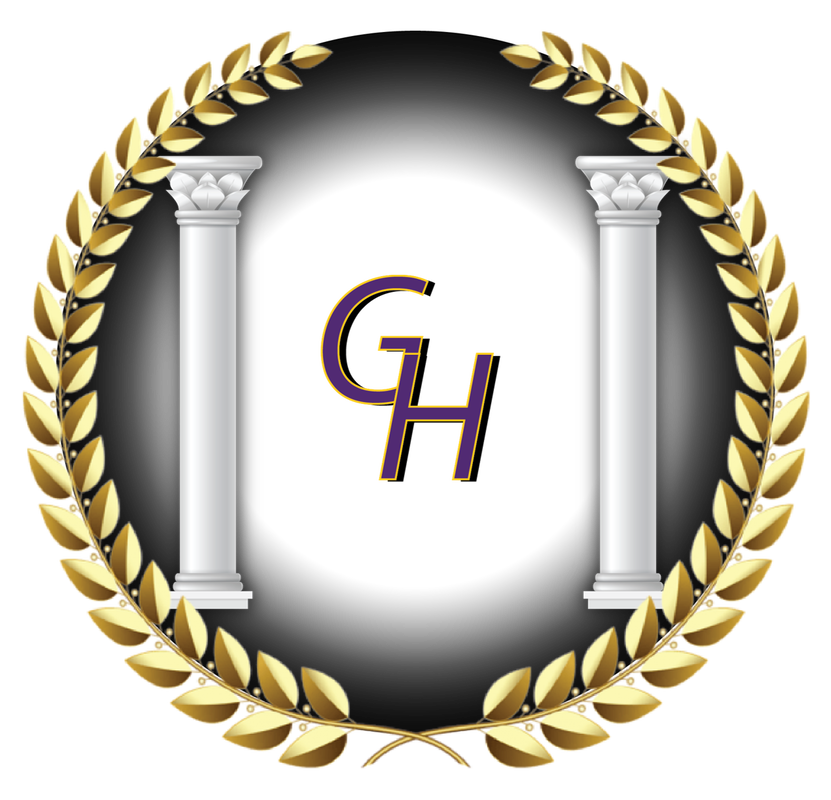Short Answer Question (SAQ)
3 Questions | 40 Minutes | 20% of Exam Score
- Students analyze historians’ interpretations, historical sources, and propositions about history.
- Questions provide opportunities for students to demonstrate what they know best.
- Some questions include texts, images, graphs, or maps.
- Students choose between 2 options for the final required short-answer question, each one focusing on a different time period:
- Question 1 is required, includes 1 secondary source, and focuses on historical developments or processes between the years 1200 and 2001.
- Question 2 is required, includes 1 primary source, and focuses on historical developments or processes between the years 1200 and 2001.
- Students choose between Question 3 (which focuses on historical developments or between the years 1200 and 1750) and Question 4 (which focuses on historical developments or processes between the years 1750 and 2001) for the last question. No sources are included for either Question 3 or Question 4.
Contextualization
- Contextualization is the background information before the movie such as the star wars intros. This gives you the big picture
- Contextualization: Describes a broader historical context relevant to the prompt. (1 point) From College Board
- "To earn this point, the response must relate the topic of the prompt to broader historical events, developments, or processes that occur before, during, or continue after the time frame of the question. This point is not awarded for merely a phrase or a reference." (CB)
Look at the example below of the right and wrong way for contextualization.
Thesis Statement
Thesis/Claim: Responds to the prompt with a historically defensible thesis/claim that establishes a line of reasoning. (1 point) From College Board.
- "To earn this point, the thesis must make a claim that responds to the prompt, rather than merely restating or rephrasing the prompt. The thesis must consist of one or more sentences located in one place, either in the introduction or the conclusion." (CB)
- (Complex Thesis) Despite [counterargument], because [evidence 1] and [evidence 2], [my argument].
- (Simple Thesis) [Restate important parts of the prompt], Because A (evidence 1) and B (evidence 2).
- Check out the Example and the Video of Steve Heimler.
Look at the example from the video below to see how the thesis formula is laid out.
Document Based Question (DBQ)
1 Question | 1 Hour (includes 15-minute reading period) | 25% of Exam Score
- Students are presented with 7 documents offering various perspectives on a historical development or process.
- Students assess these written, quantitative, or visual materials as historical evidence.
- Students develop an argument supported by an analysis of historical evidence.
- The document-based question focuses on topics from 1450–2001.
|
|
|
|
|
|
|
|
|
Long Essay Question (LEQ)
1 Question | 40 Minutes | 15% of Exam Score
- Students explain and analyze significant issues in world history.
- Students develop an argument supported by an analysis of historical evidence.
- The question choices focus on the same skills and the same reasoning process (e.g., comparison, causation, or continuity and change), but students choose from 3 options, each focusing primarily on historical developments and processes in different time periods—either 1200–1750 (option 1), 1450–1900 (option 2), or 1750–2001 (option 3).
|
|
|
|
|
|
